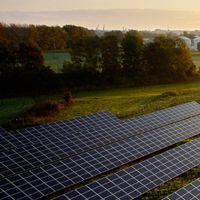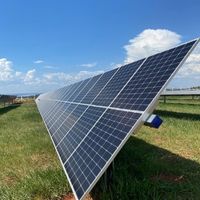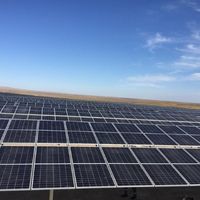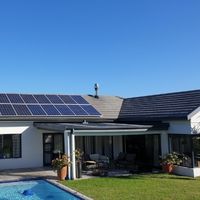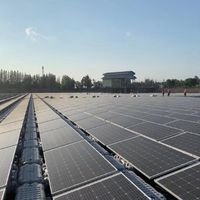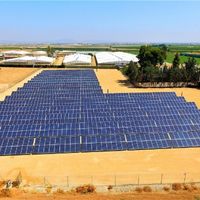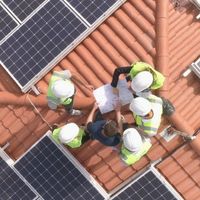2022.Oct
27
China Energy Construction's 2.25GWh Energy Storage System Framework Procurement Bidding Opens!
11 companies shortlisted! China Energy Construction's 2.25GWh Energy Storage System Framework Procurement Bidding Opens! On October 25th, Energy China China Electric Power Engineering Co., Ltd. opened a bid for the centralized procurement of an energy storage system! The total procurement scale of the two bid packages is 2.25GWh, and a total of 11 companies have won the bids! It is understood that this procurement project is the procurement of energy storage system integrators from 2022 to 2023 for the investment, construction and operation integration project of China Energy China Power Engineering Consulting Group Co., Ltd. The bidding is divided into two bidding sections, of which the first bidding section is 1C Energy storage system, the procurement scale is 150MW/150MWh. Lot 2 is a 0.5C energy storage system with a procurement scale of 1050MW/2100MWh, including 850MW/1700MWh in Guangxi and 200MW/400MWh in Yunnan. According to the bidding results announced by China Energy Construction, Kehua Data, Xuji Electric, Zhiguang Energy Storage, Hyperstron, Zhongtian Technology, and Sungrow were successfully selected for the first bidding section. Among them, Zhiguang Energy Storage had the lowest quotation, about 1.72 yuan/ For Wh, the quotations of Xuji Electric and Haibostron are similar to about 1.89 yuan/Wh. In the second bidding section, Xinyuan Intelligent Storage, BYD, Singularity Energy, Pinggao Group, Linyang Yiwei Energy Storage, Sunshine Power, Zhongtian Technology, and Zhiguang Energy Storage were selected. Among them, Linyang Yiwei Energy Storage has the lowest quotation at 1.40 yuan/Wh, and the highest quotation is Sungrow's 1.55 yuan/Wh. It can be seen that Sungrow, Zhongtian Technology, and Zhiguang Energy Storage have been shortlisted for two bids at the same time, and from the perspective of quotations, Sungrow may have won the most bids. Source: Polaris Energy Storage Network
Read More

